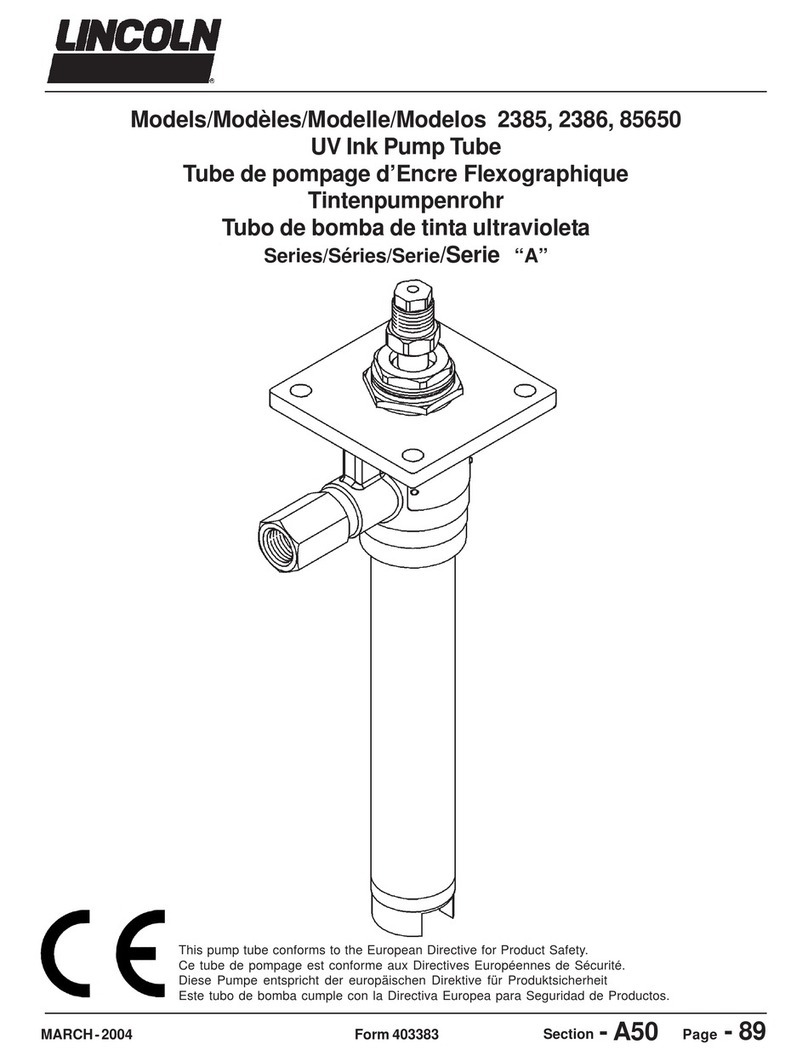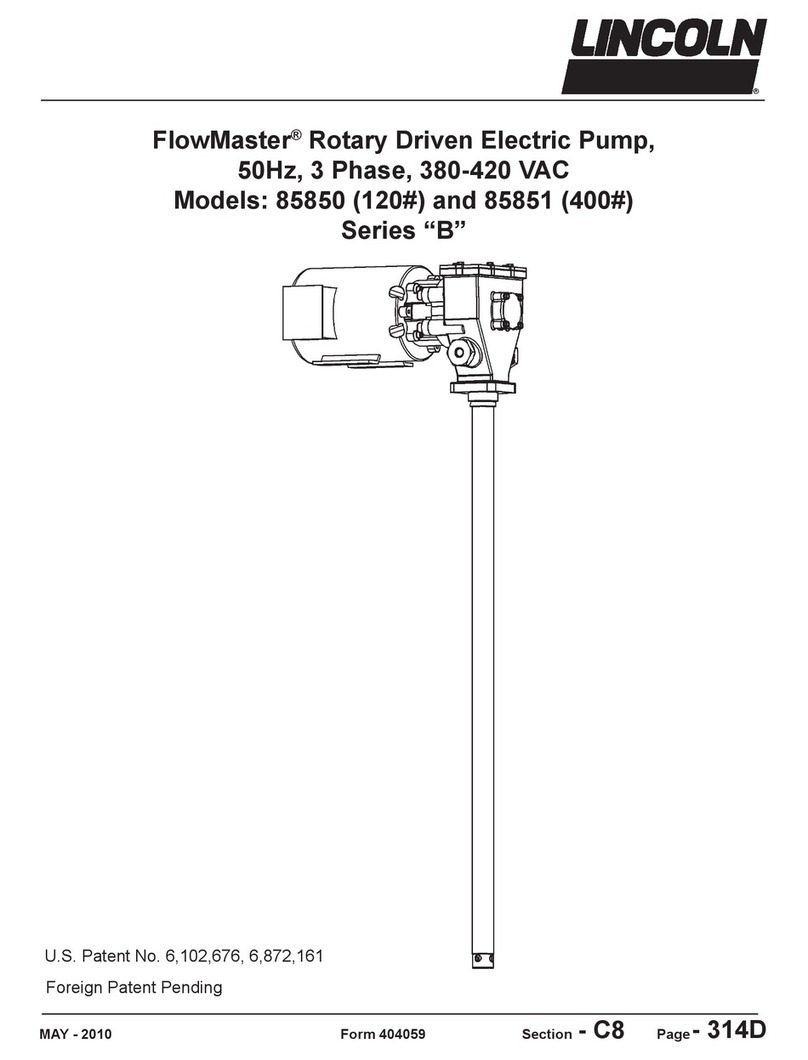Lincoln 4100 User manual
Other Lincoln Water Pump manuals

Lincoln
Lincoln P502 User manual

Lincoln
Lincoln 85621 Parts list manual

Lincoln
Lincoln 83668 User manual
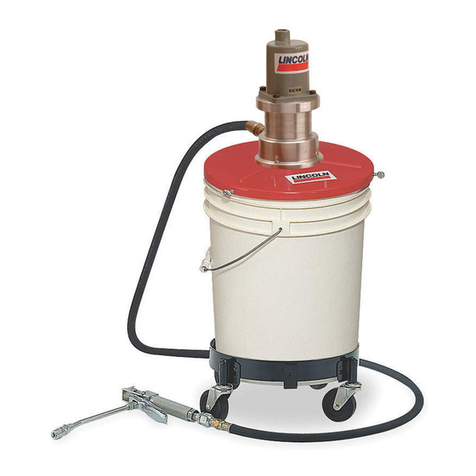
Lincoln
Lincoln A 4417 User manual
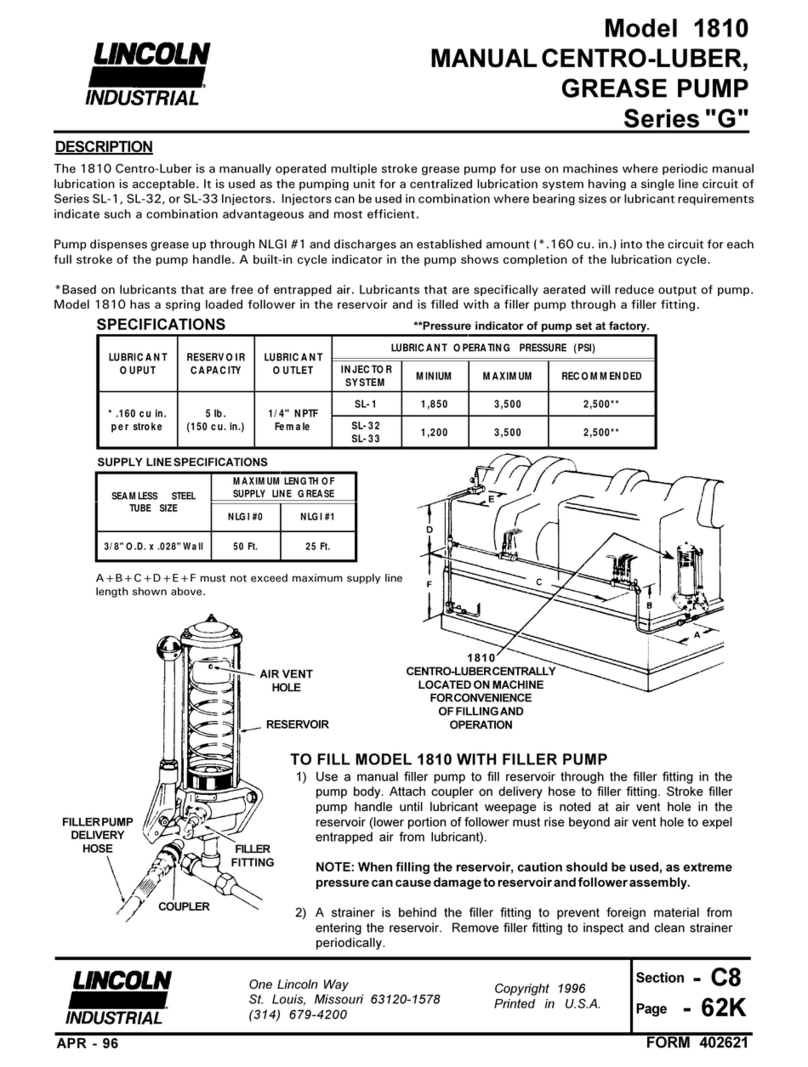
Lincoln
Lincoln G Series User manual

Lincoln
Lincoln 82050 User manual

Lincoln
Lincoln F Series Owner's manual

Lincoln
Lincoln P 203 User manual

Lincoln
Lincoln 83054 User manual

Lincoln
Lincoln FlowMaster B Series User manual

Lincoln
Lincoln 282050 Owner's manual

Lincoln
Lincoln 85426 User manual

Lincoln
Lincoln 85751 User manual

Lincoln
Lincoln 85631 Parts list manual

Lincoln
Lincoln 105 User manual

Lincoln
Lincoln QUICKLUB 203 User manual

Lincoln
Lincoln ZPU 08 User manual
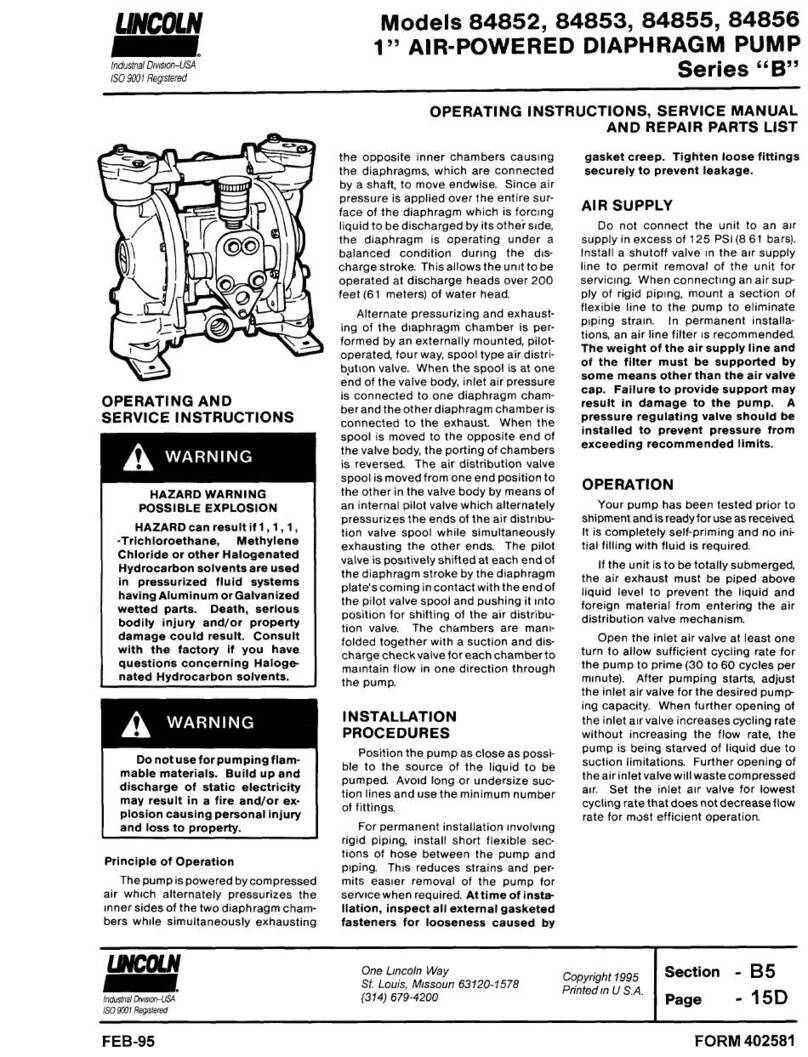
Lincoln
Lincoln 84852 Troubleshooting guide

Lincoln
Lincoln SKF TLGB 20 User manual
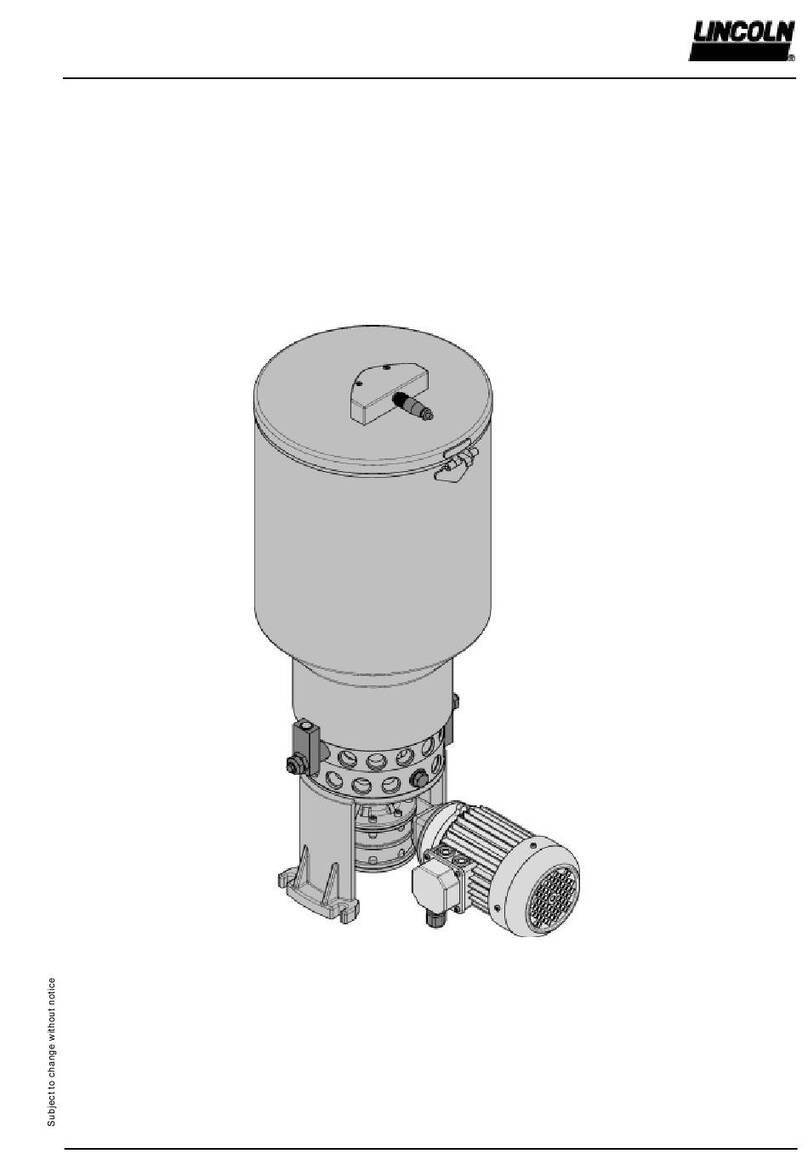
Lincoln
Lincoln 230-MG 100 User manual
Popular Water Pump manuals by other brands
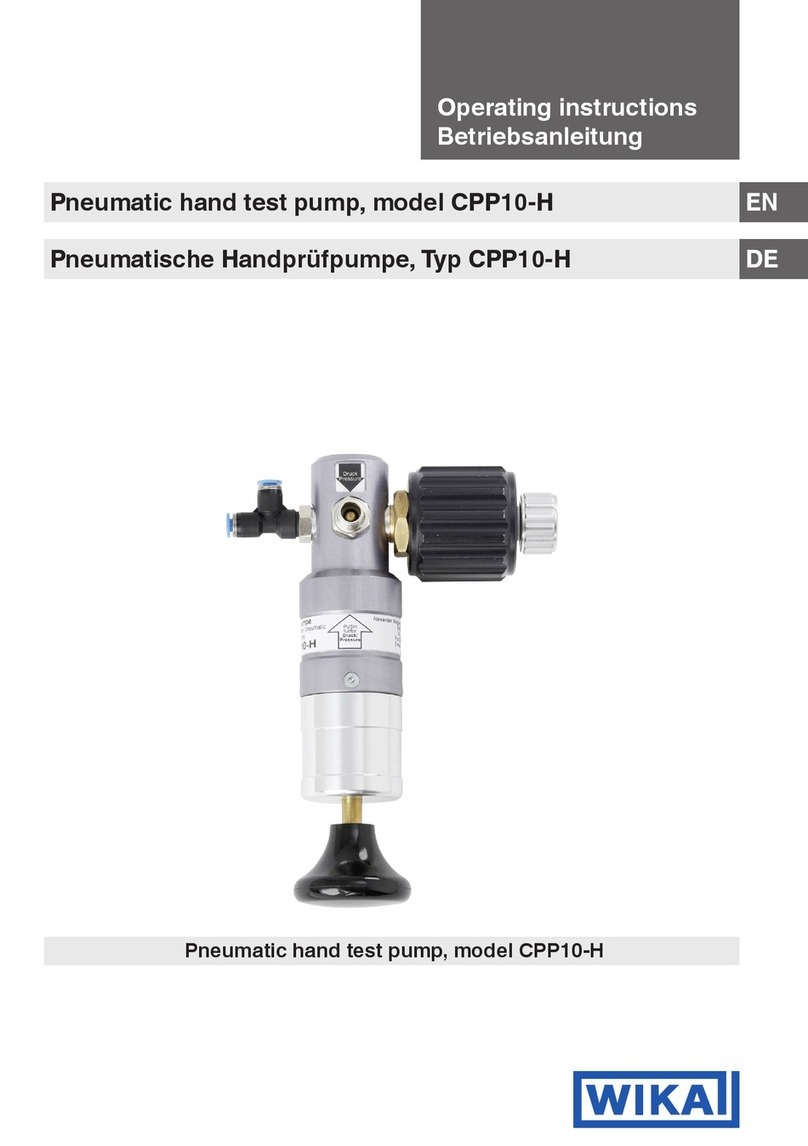
WIKA
WIKA CPP10-H operating instructions

Grundfos
Grundfos DME Installation and operating instructions

Delta Environmental Products
Delta Environmental Products D4E Series owner's manual
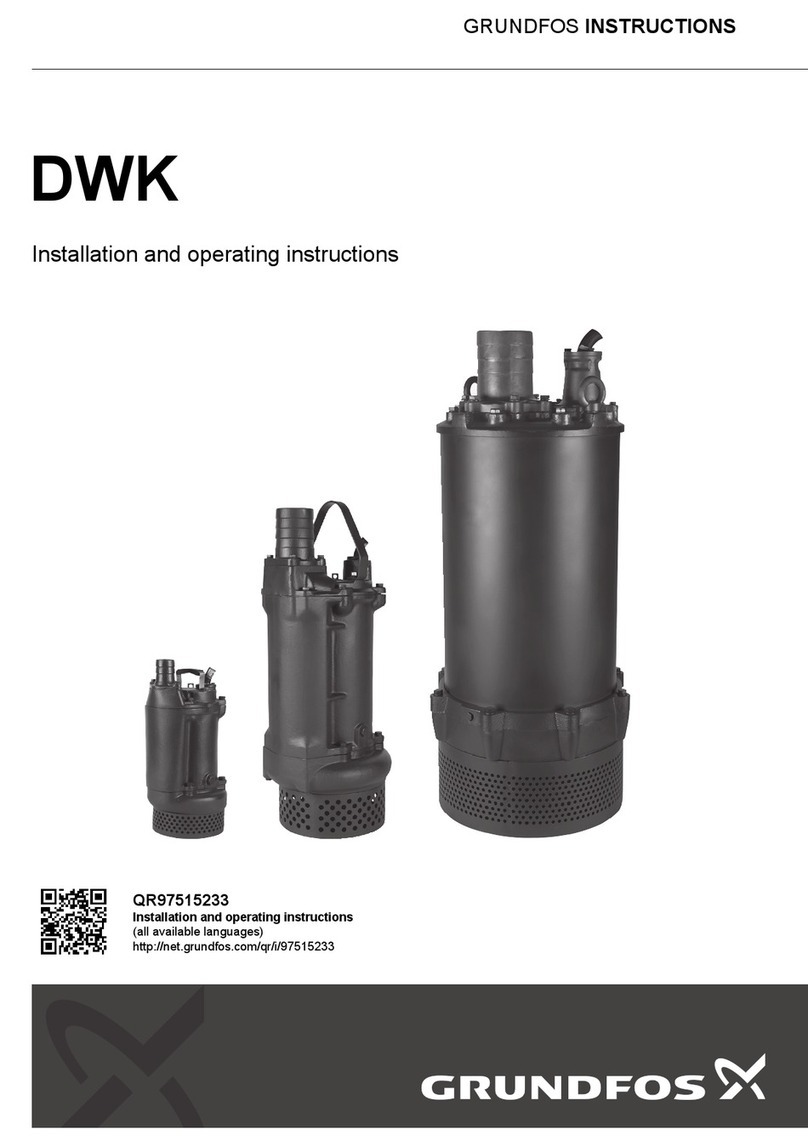
Grundfos
Grundfos DWK Installation and operating instructions

SAMCO
SAMCO CSR installation manual
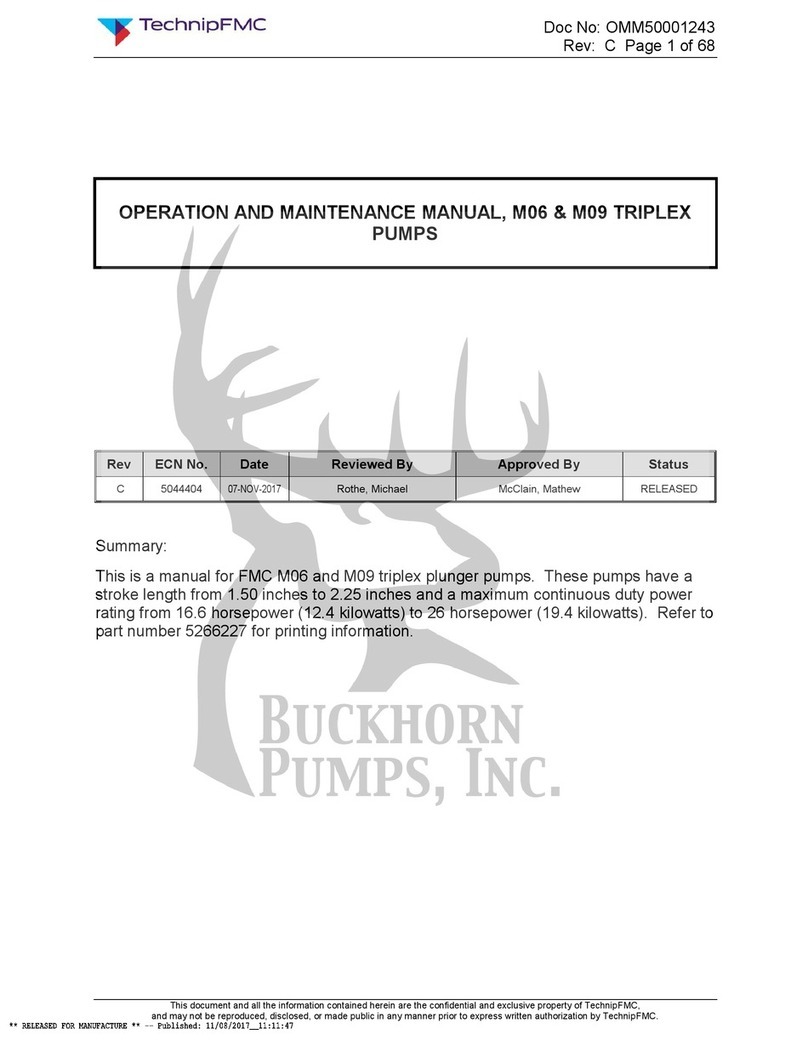
TechnipFMC
TechnipFMC TRIPLEX M06 Operation and maintenance manual

NorthStar
NorthStar M109163B owner's manual
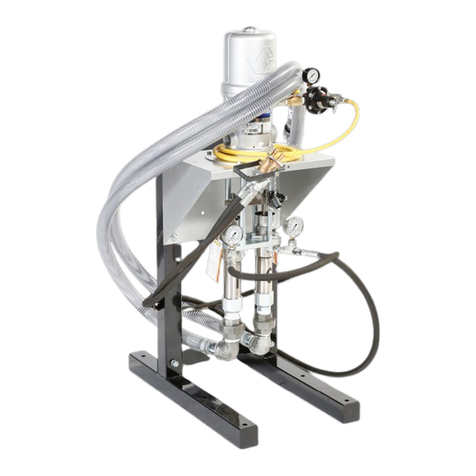
Carlisle
Carlisle TyrFil FLATPROOFING TECHNICAL MANUAL
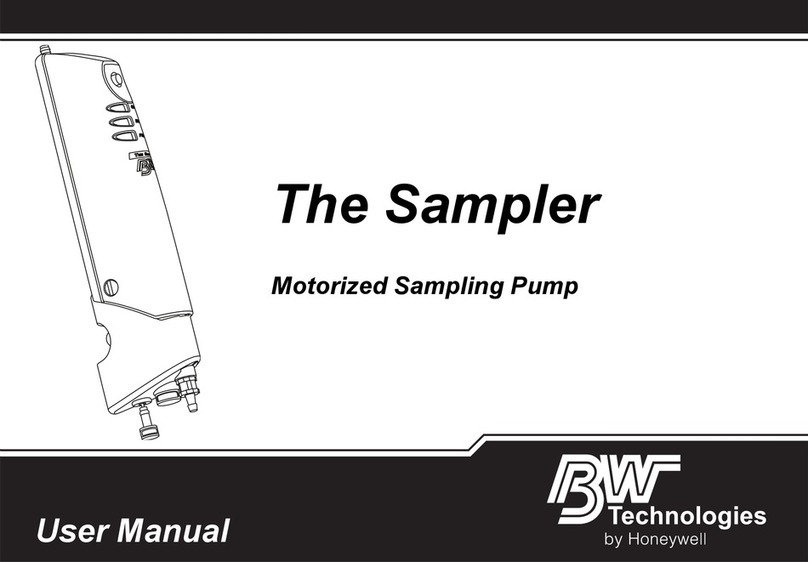
Honeywell
Honeywell GAMIC-V-CHRG1 user manual

Kimray
Kimray 212 SMT PBT Repair manual
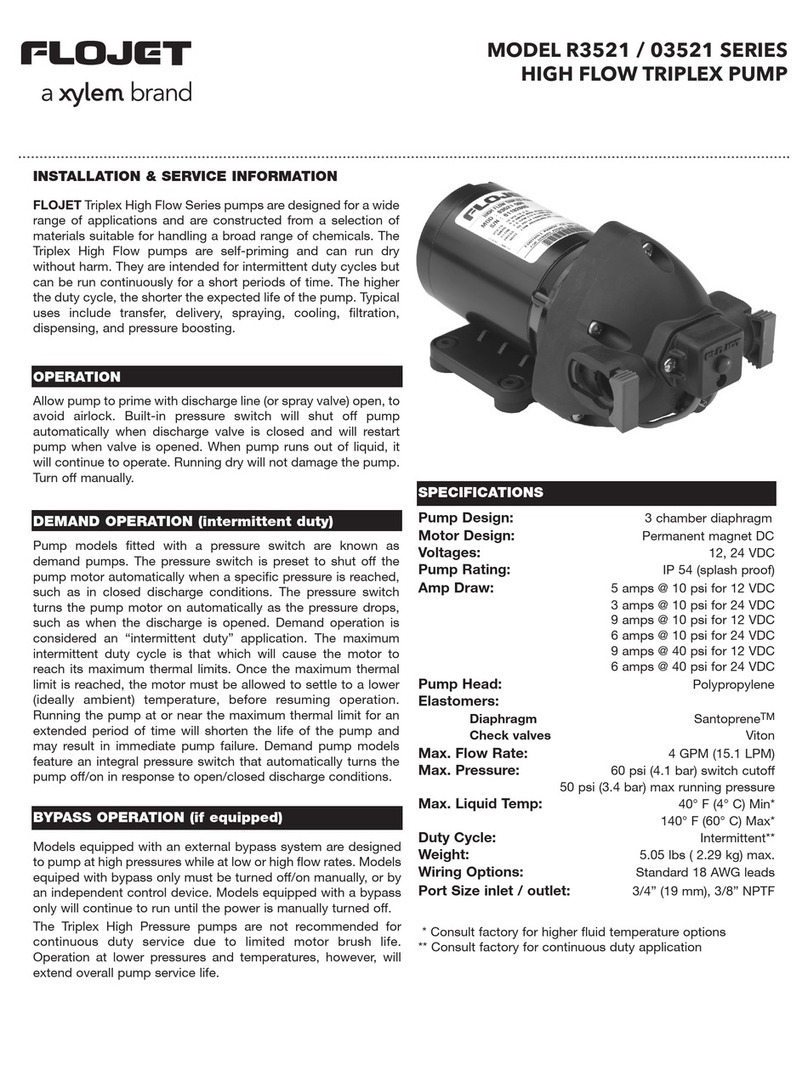
Xylem
Xylem FLOJET R3521/03521 Series INSTALLATION & SERVICE INFORMATION
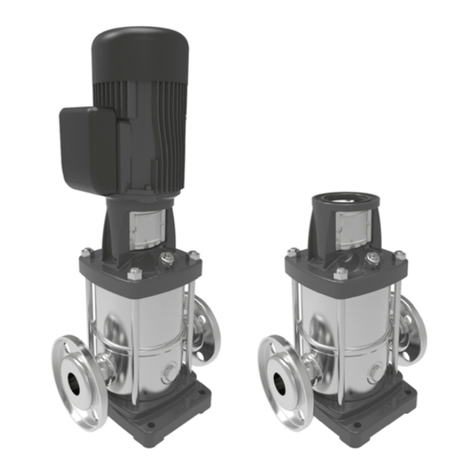
Xylem
Xylem LOWARA e-SV Series Additional Installation, Operation and Maintenance Instructions
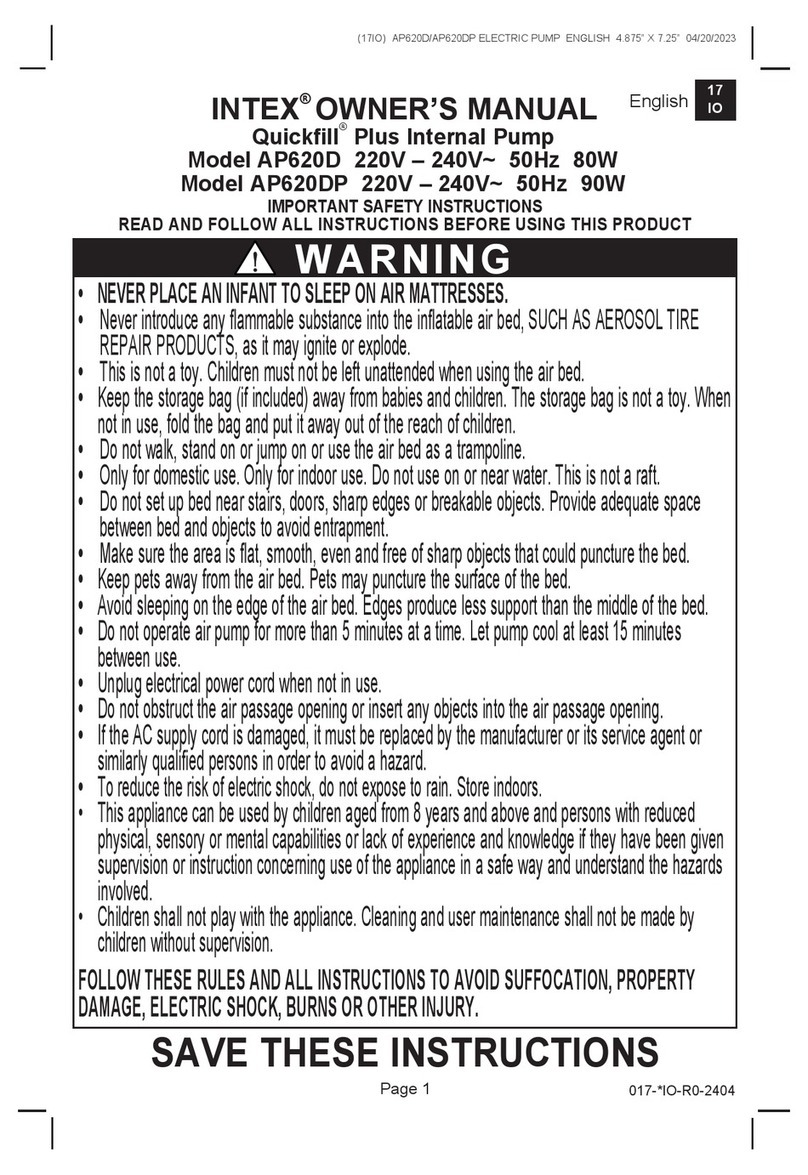
Intex
Intex Quickfill AP620D owner's manual

Vim Solution
Vim Solution Aria user manual

Pfeiffer Vacuum
Pfeiffer Vacuum HiCube 30 Eco operating instructions
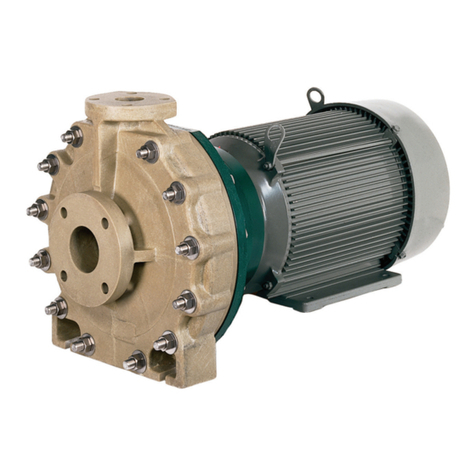
Ceco
Ceco Fybroc 1530 Series manual
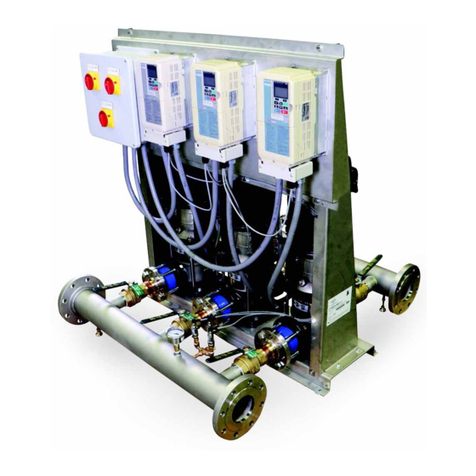
MCDonald
MCDonald DuraMAC SIMPLEX Installation and operating instruction
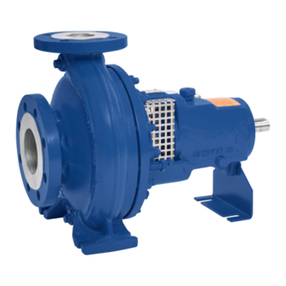
KSB
KSB MegaCPK Installation & operating manual





